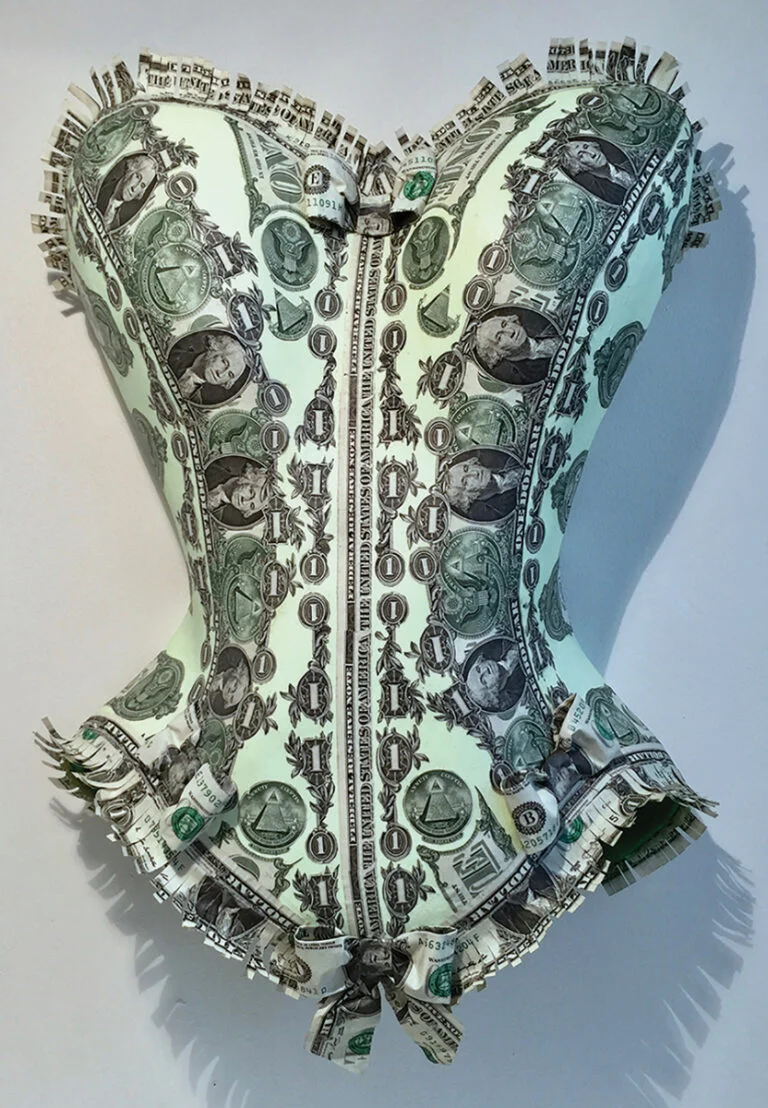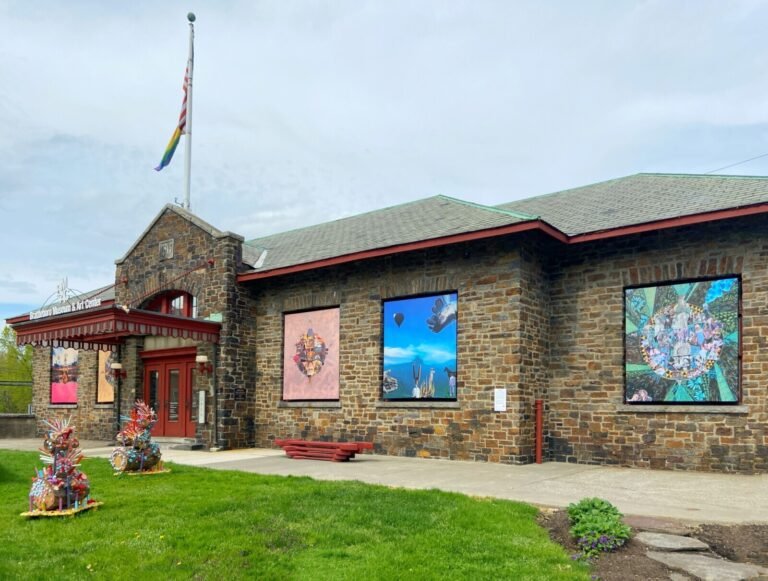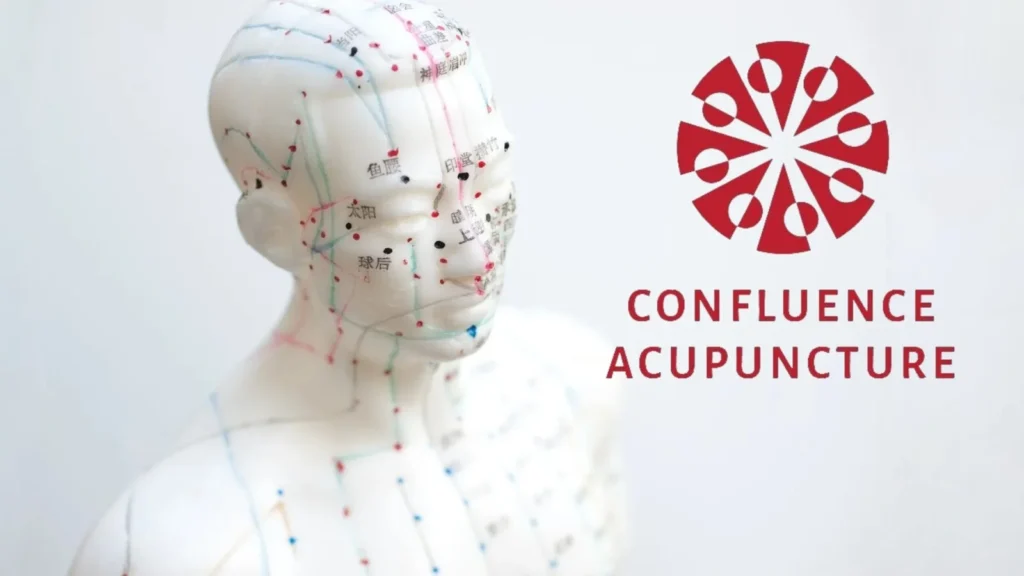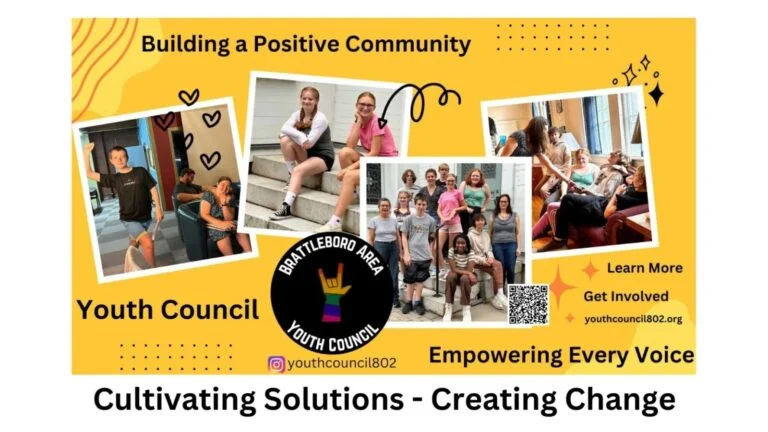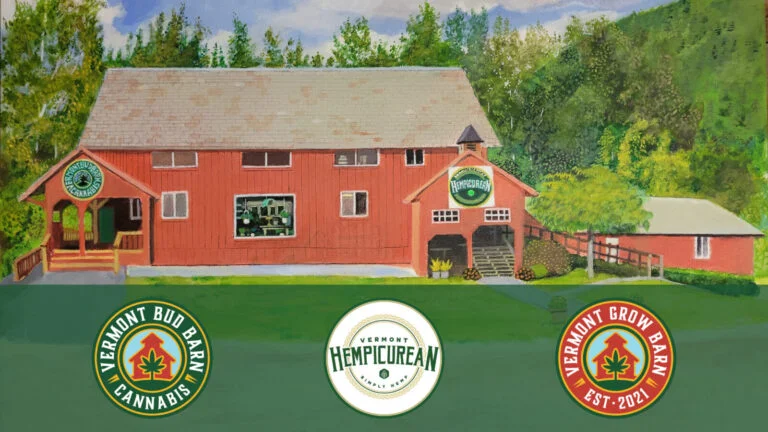Tearing, cutting, binding, stitching, rolling, the artists in Paper Made manipulate paper to create diverse works that challenge our preconceptions of paper as solely a substrate for the drawn or printed image. Selected from a juried exhibition by Fiber Art Now, a magazine for fiber artists, the work of the featured artists is meticulously crafted and visually compelling. Using various papers with distinct characteristics—thin, thick, handmade, machine-made—the artists demonstrate that a story does not need to be “written” on paper, that paper itself can tell a story.
From its invention in China almost 2,000 years ago and its subsequent moving from east to west along the Silk Road, papermaking has evolved from a small hand-crafted enterprise to a vast industry that contributes to the circulation of information and goods around the world. Although long available to artists working in drawing, painting, print, and collage, it wasn’t until the late 1940s that papermaker Douglass Morse Howell first began manipulating colored paper pulp, bringing to our attention that not only could paper be cut, woven, folded, printed, drawn and painted on, but that the pulp from which it was made could be used to create two and three-dimensional works of art. This experimentation continues today as artists explore paper’s unique properties and potential as an art medium.
Rolling paper into hundreds of multi-layered forms, Amy Genser interprets the colors of the setting sun in Summer Sundown. Barbara Hocker’s depiction of water in Shore to Shore takes the form of a stream emerging from the spine of a book; translucent undulations of paper suggest rushing water. In par hasard, Linda Colsh also depicts water. Printed with tracings of creek stones on stitched and stained coffee filters, her book evokes conversations with friends over coffee and the transitions that come when one moves away from the familiar. Barbara De Pirro’s Blossom is also tied to nature; circles of painted paper each revealing textured worlds that accumulate and open out into a floral form. Marcia Vogler’s quilted Time Traveler’s Coat, which takes the form of a kimono, speaks to time travel and cultural intersections. In the garment Love My Sugar Daddy, Virginia Green uses U.S. currency to comment on the female body, desire, and commodity. Weaving together strands of paper and raffia, Libby Raab comments on disintegration and decay in Good Times, while conversely, Karen Gubitz weaves paper into geometric forms to speak about accumulation and urban life in her piece, Urban. Finally, Jo Stealey’s Dusters evokes the labor and ritual embedded both in the process of making the paper and in its final sculptural form.
For most of us, our relationship to paper is purely a utilitarian one. From the time we get up in the morning to the time we go to sleep, we are touching paper in some form or another. The works in this exhibition give us an opportunity to think about how paper can transcend function and generate personal, thoughtful, creative visual narratives.
— Michelle Samour, curator
This exhibit is presented in partnership with


